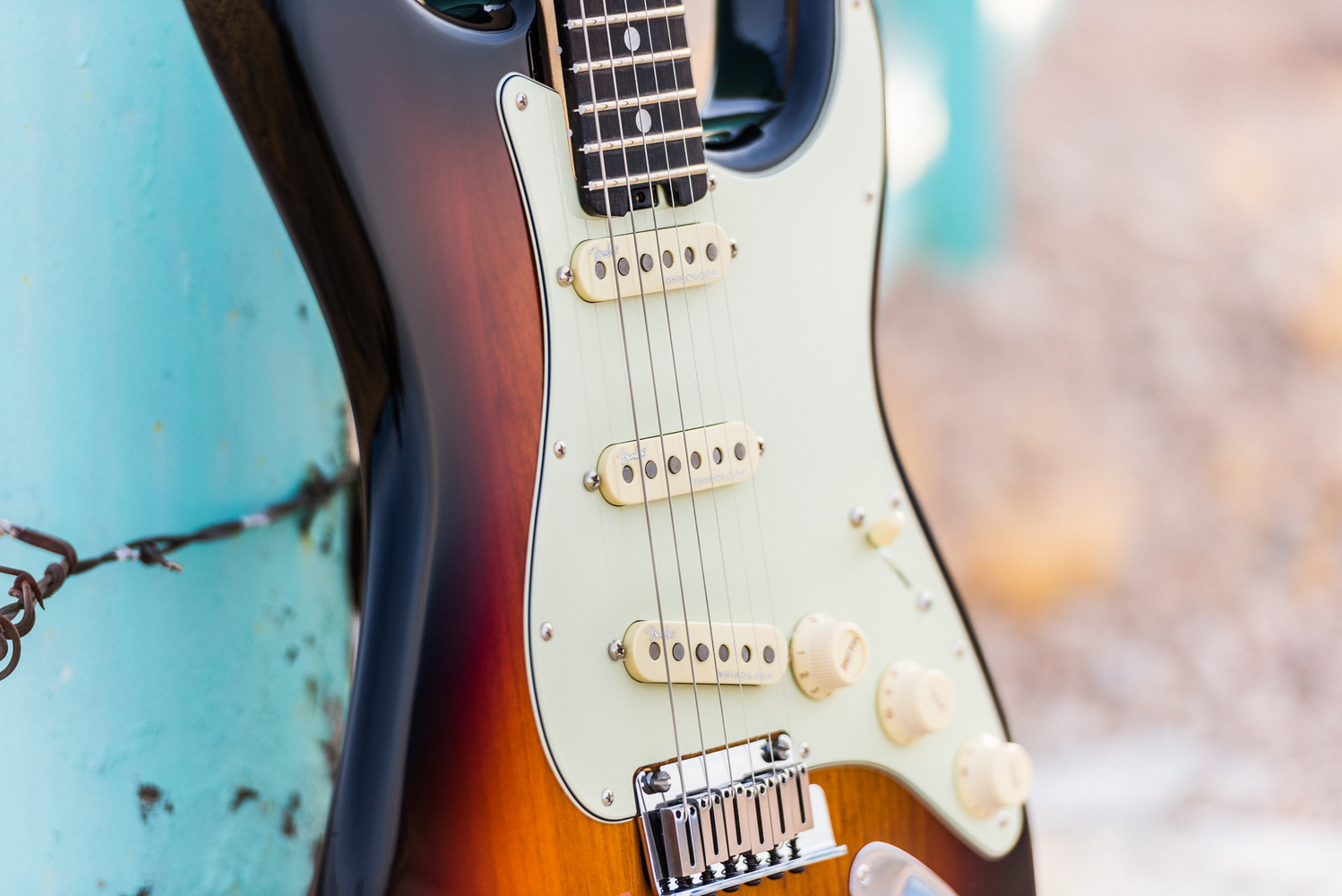The internet and social media are littered with photographs of guitars. Some awe-inspiring, others not so much. So how does one breath life into a stringed instrument without strumming or picking the strings?
Whether you’re a musician/photographer seeking to join the ranks of the Instagram elite with your guitar pictures, or you’re tasked with photographing some of the most iconic instruments ever produced, boring is boring. Granted, it’s easy to plop your axe down on the couch next to where you play and snap an Instagram-worthy picture. But to me, that simply doesn’t do an instrument justice, nor does it inspire me to pick one up and play.
Capturing the Soul of Inanimate Objects
Of all inanimate objects, to me, guitars have the most soul. As a collector, I own a number of guitars, each for its own unique reason or, as I say, "personality." Some are cheap and dirty and just like to party, while others are classy and refined and deserve a light touch. It’s because of that personality that I photograph guitars with the same approach as people. I talk to them. “Yes, just like that. Perfect. Super sexy! I love it!” This probably looks and sounds ridiculous and is obviously optional. The setting, placement of the instrument within said setting, and the lighting techniques used to best capture these instruments is not optional, however.

The mint green colored pick guard and aged white pickups and controls give this particular Fender American Elite Stratocaster a vintage vibe that I love.
For an icon such as the Fender American Stratocaster — you know, that guitar most likely recorded on your favorite rock, blues, country, or jazz album — photographing this legendary instrument requires more than simply balancing it against your favorite amplifier or couch and snapping its bad side (though I could argue that there isn’t one).
Set Your Images Apart
While a picture of a guitar on stage or in a studio may be appropriate and relatable to most guitar players, guitars have been photographed this way for decades. The same way a judge or a lawyer doesn't spend all of his or her time in a court room, guitars, with their unique personalities, should also occasionally take a break from the norm. Shooting instruments in the same scenic settings in which you'd photograph a human being can help highlight the guitar's character. Think: environmental portraits.
For that beat-up punk rock guitar that that's seen show after show, leaning against a dumpster in a grungy alleyway at night is a far more suitable setting than that same guitar sitting comfortably on a stand somewhere safe. Just picture Johnny Rotten in a daycare facility — it just wouldn't seem right. For that decades-old acoustic guitar that used to write country song after country song, perhaps an old barn, or a haystack, or the back of an old beat-up pickup truck would be more fitting than for that guitar to be photographed hanging from a boring and lifeless wall somewhere.
Closing
Your photographs tell stories. Photographs of instruments should be no exception. While there is an appropriate time and outlet for more standard product shots, don't be afraid to hit the road with your collection and capture your instruments in an environment that does them justice.









Gibson could certainly use some life breathed into them...
I love Gibson guitars, but I’m afraid you're right
I love some good guitar porn!
I am a hobby guitarist, no big deal, but I afforded myself a Gibson Les Paul Studio last year and I remember hearing the difference to the cheap Pacifica I had before. Such a round and well defined sound. Love it. Today my guitar was the victim of the day to try myself at product photography...